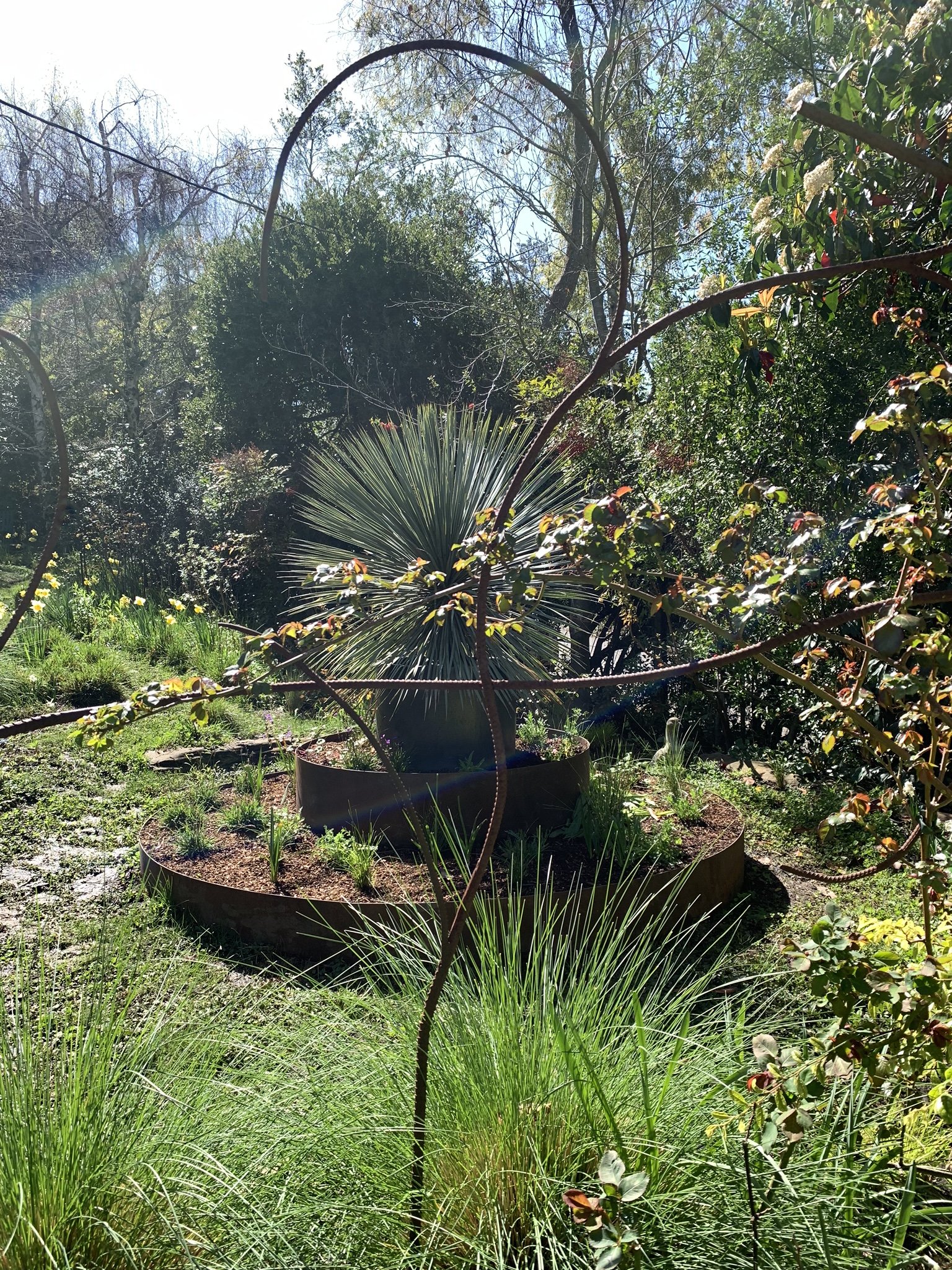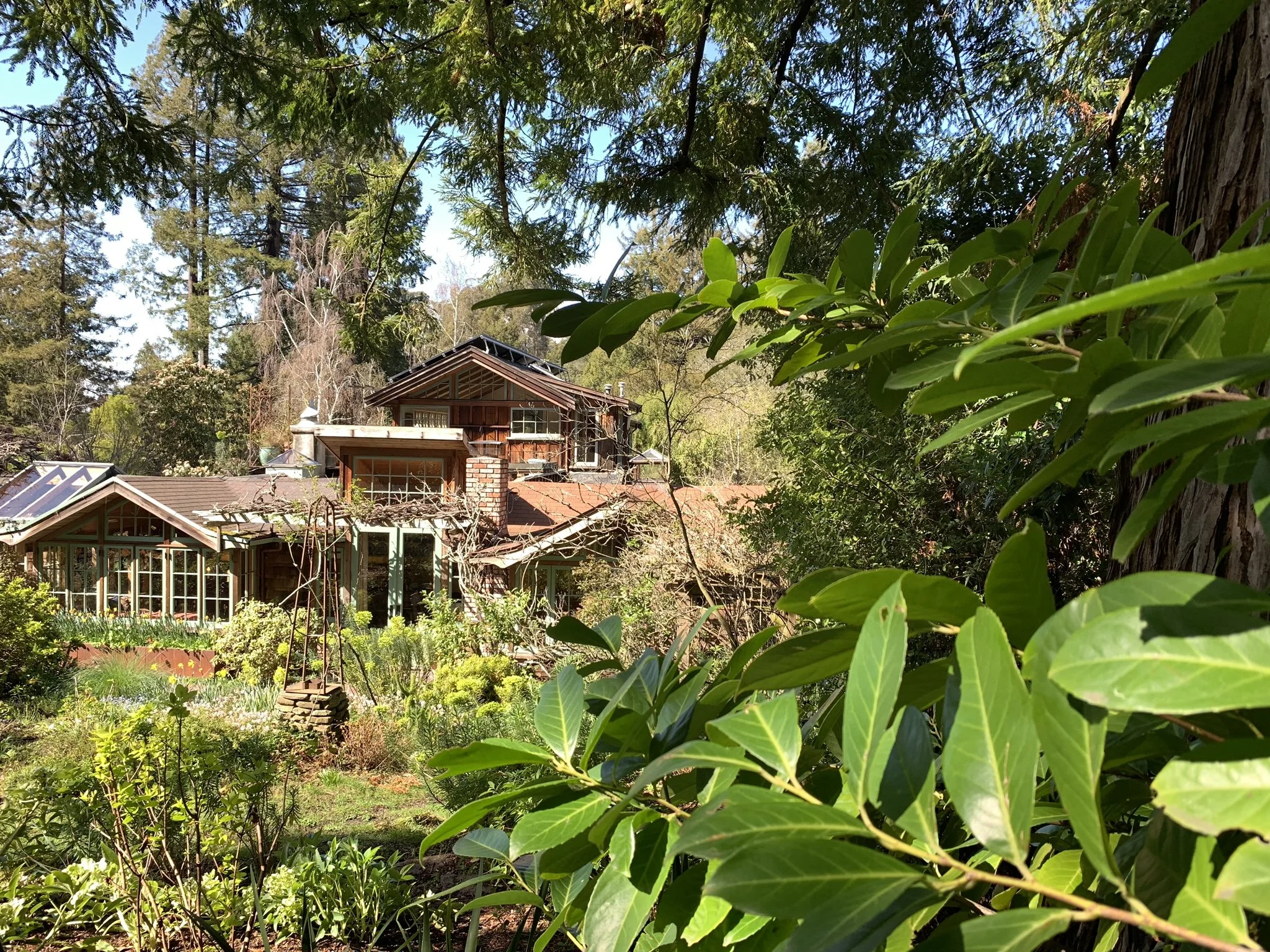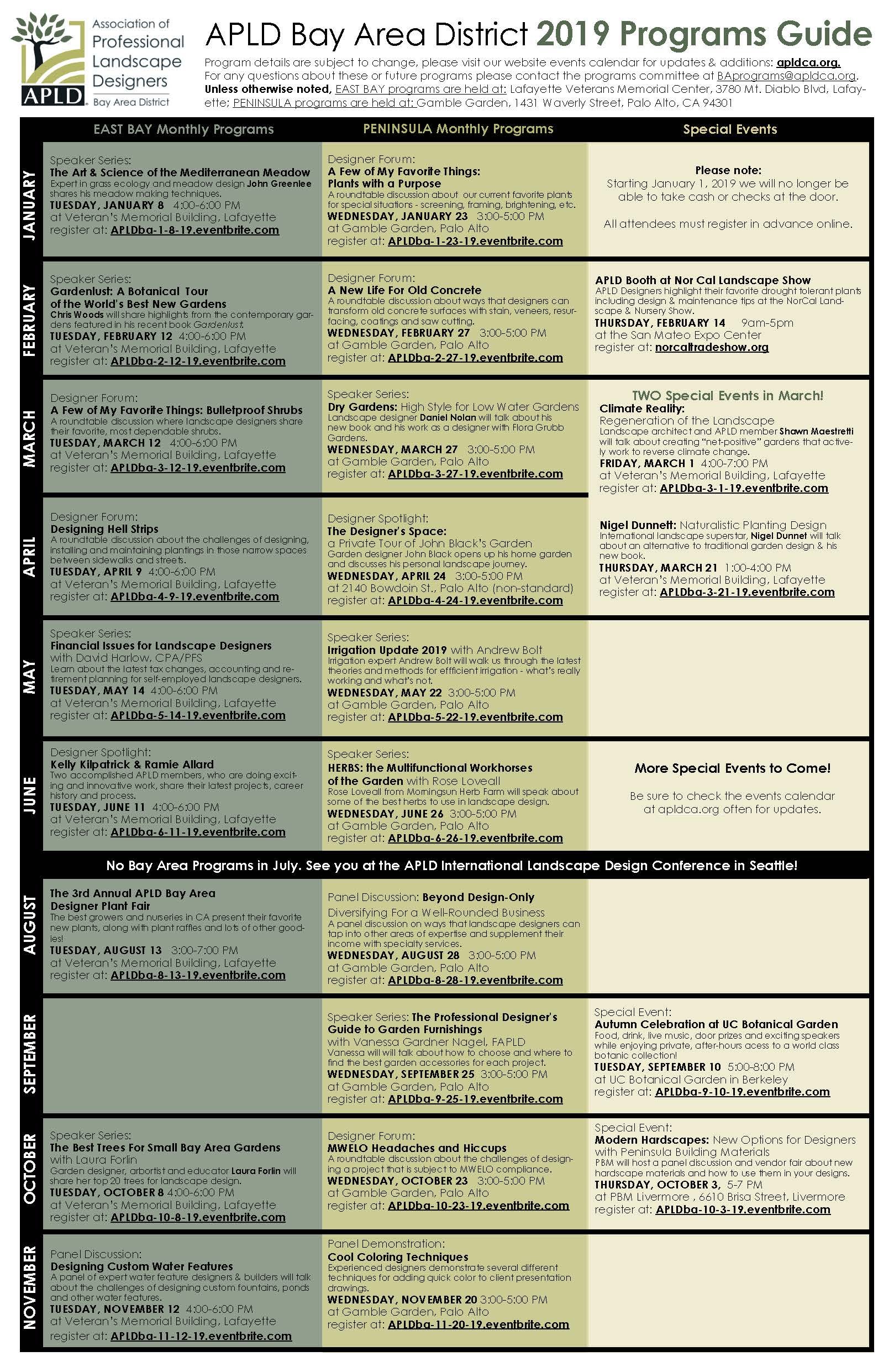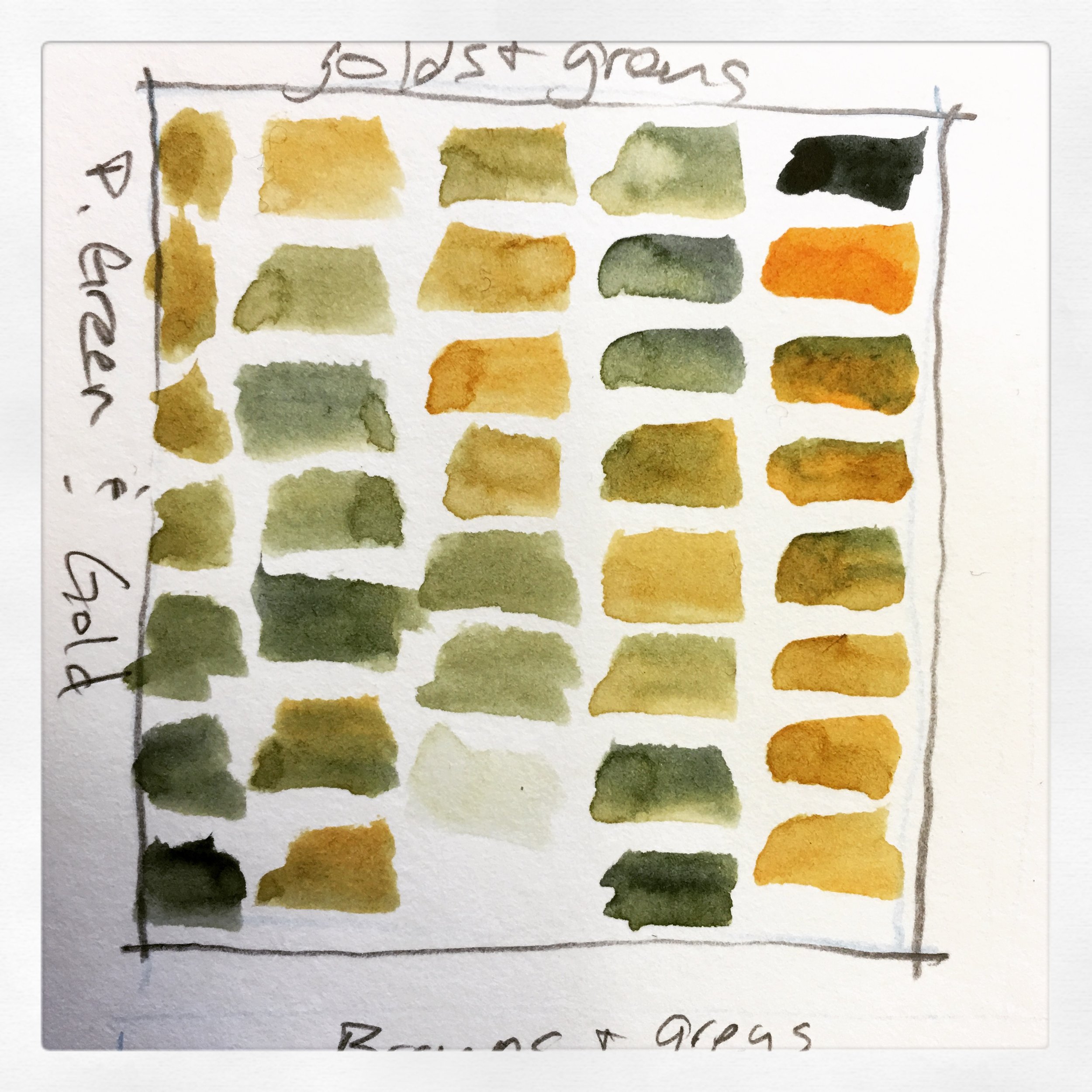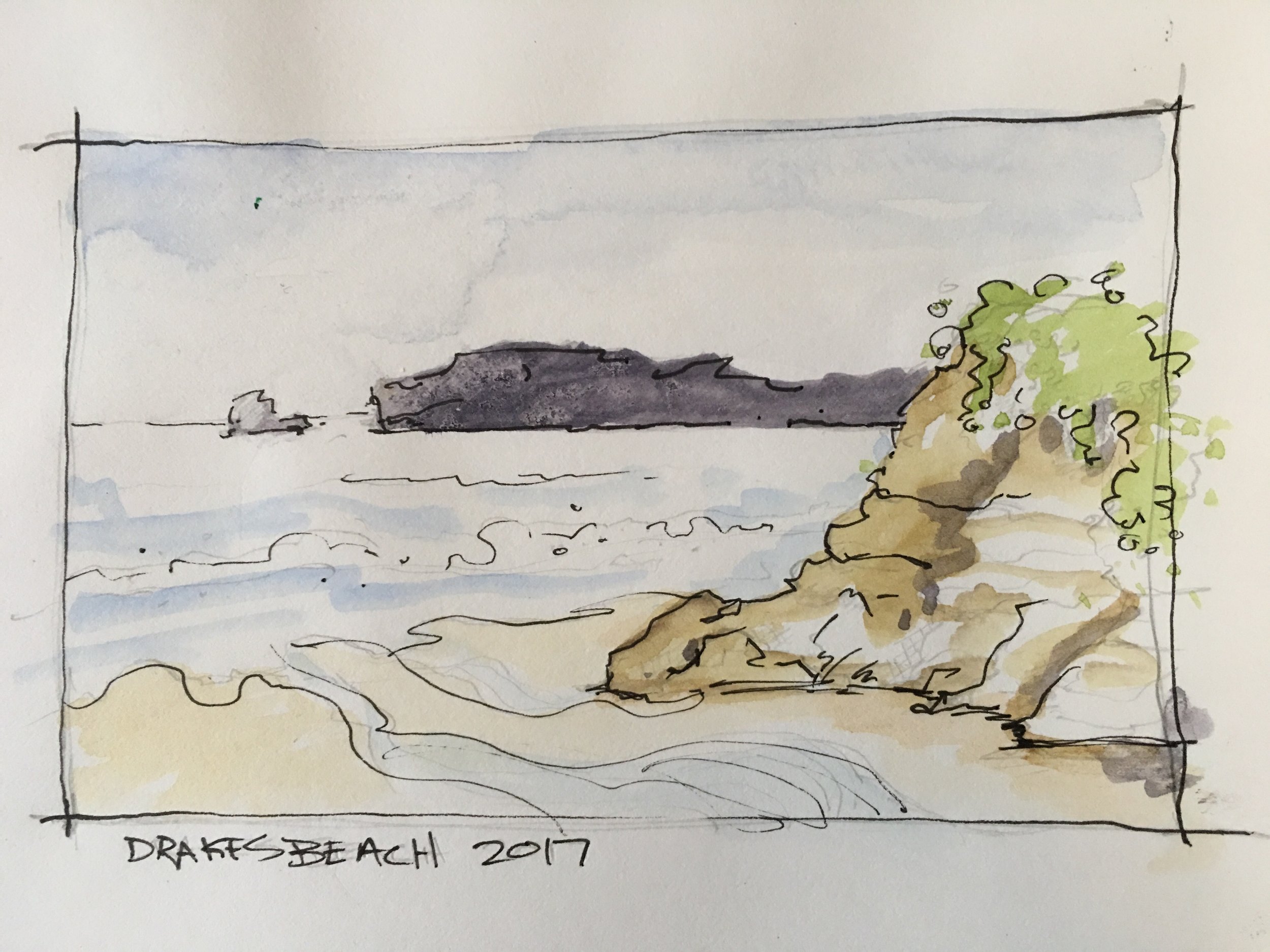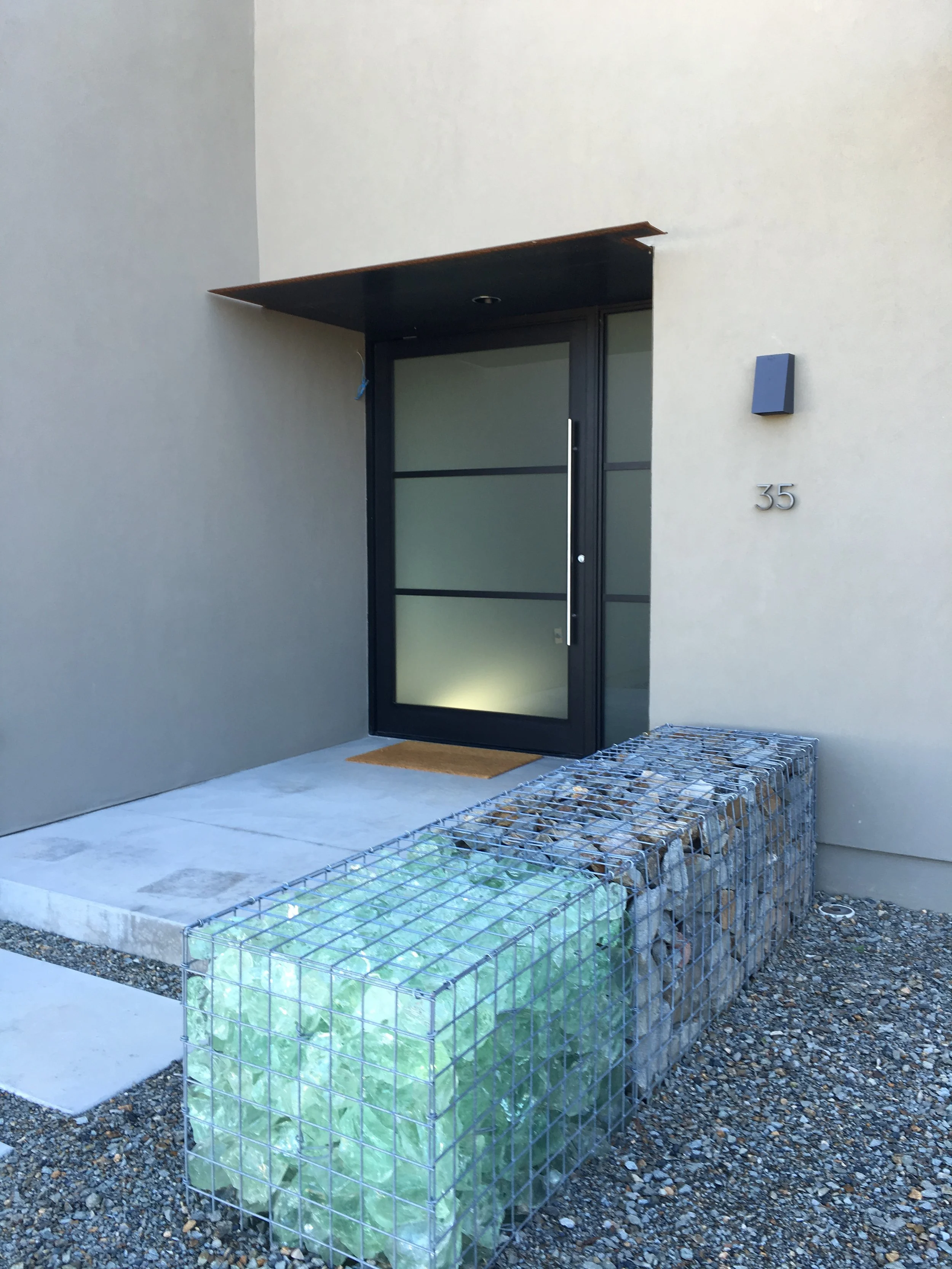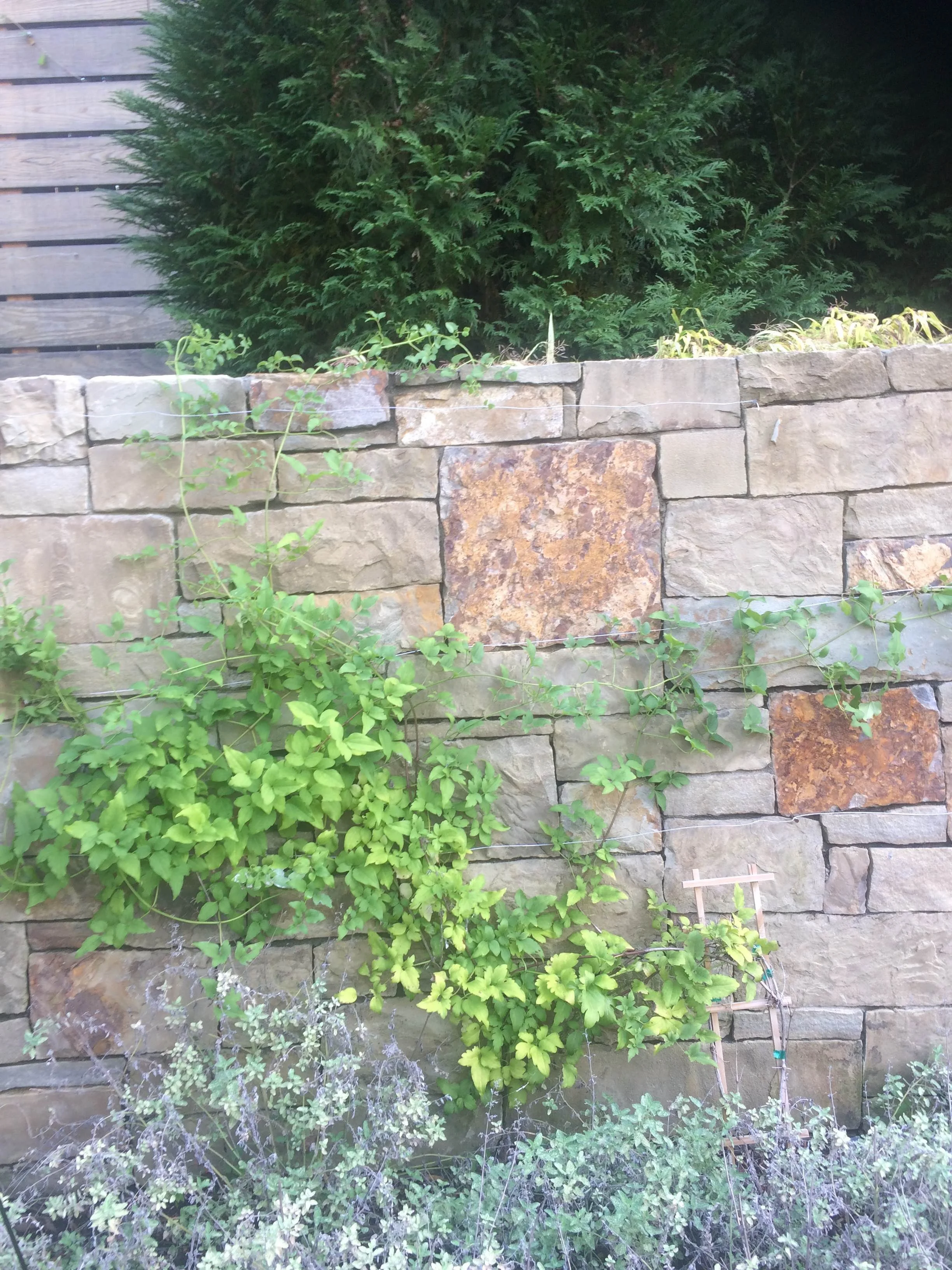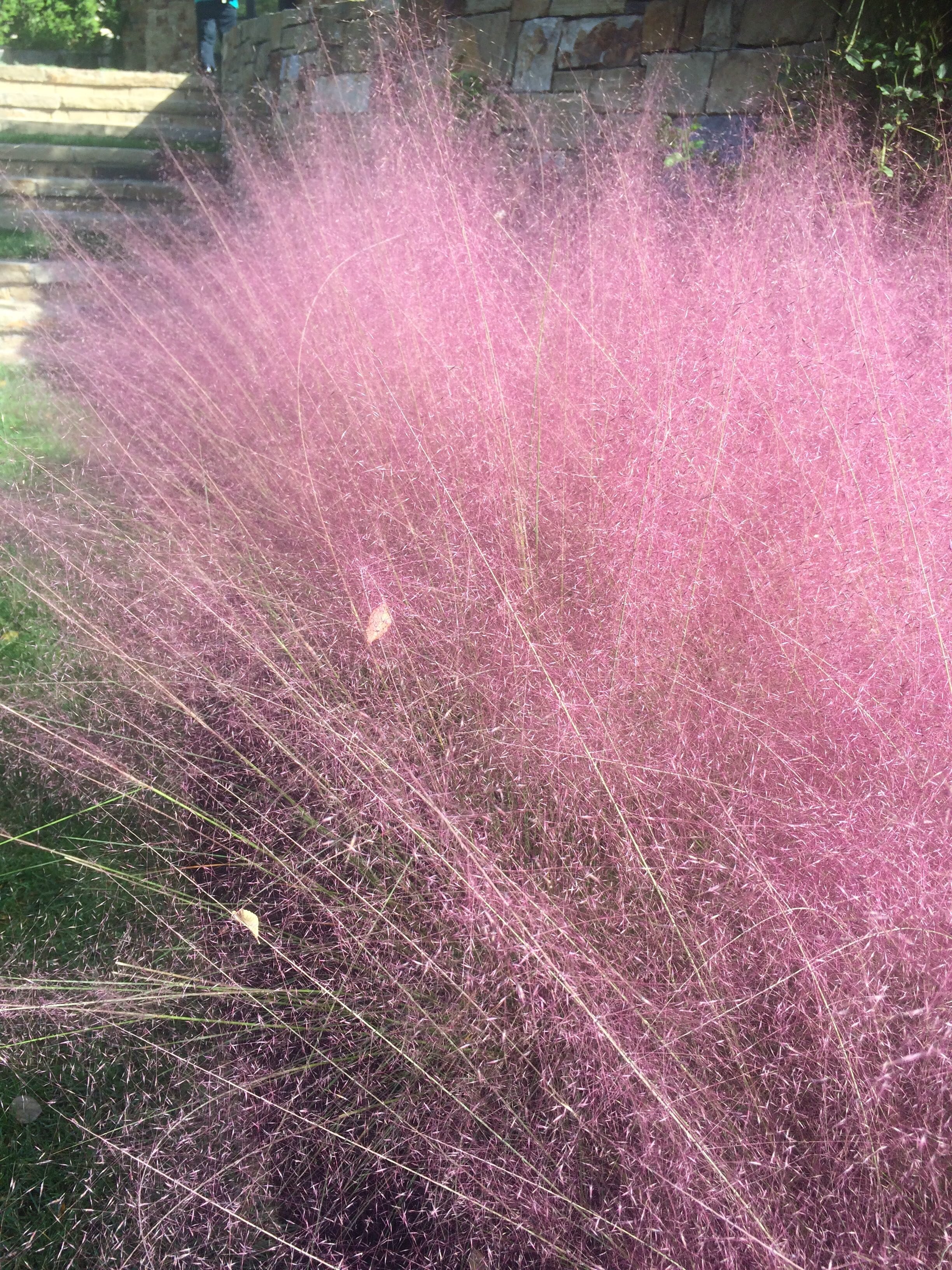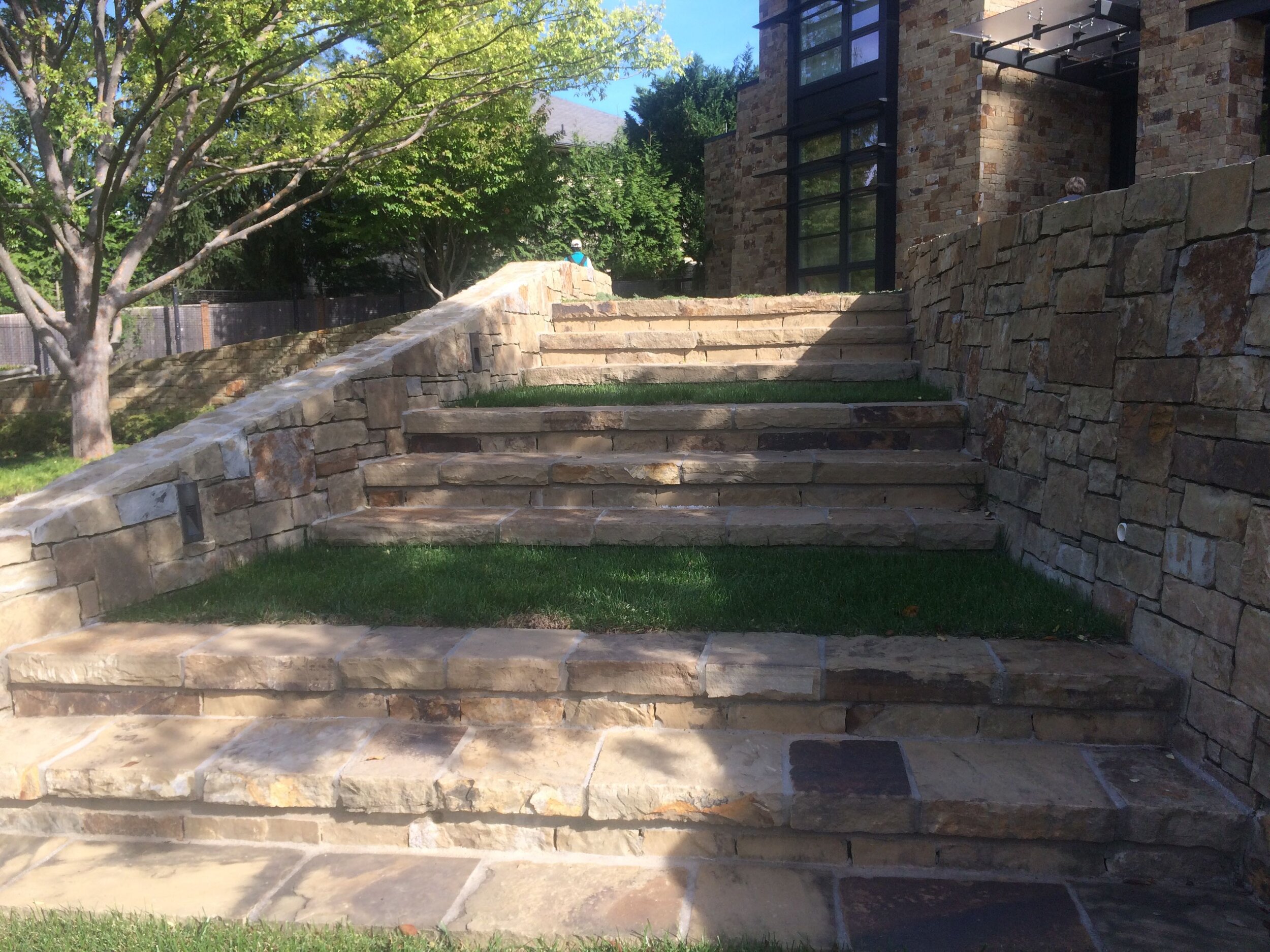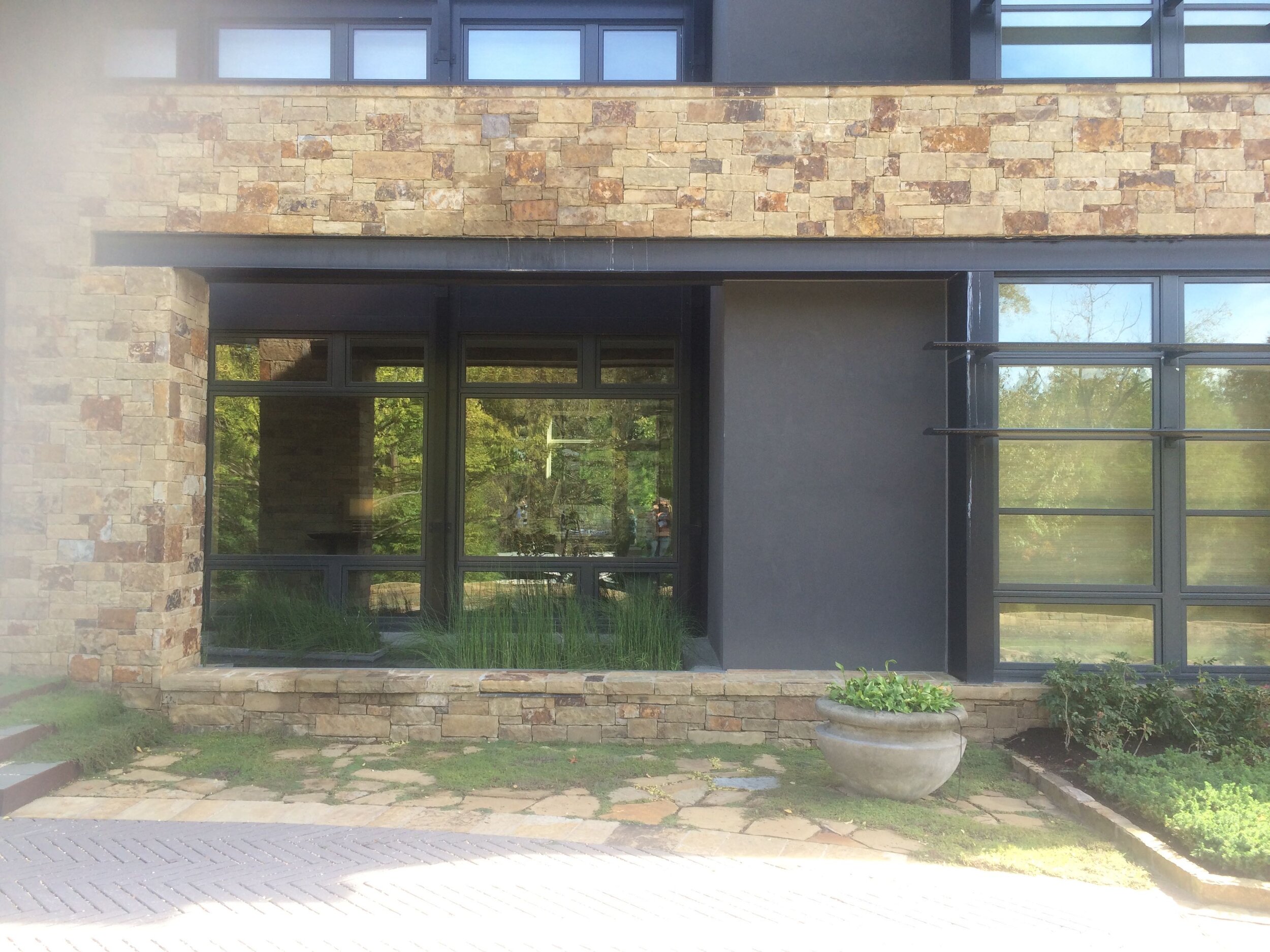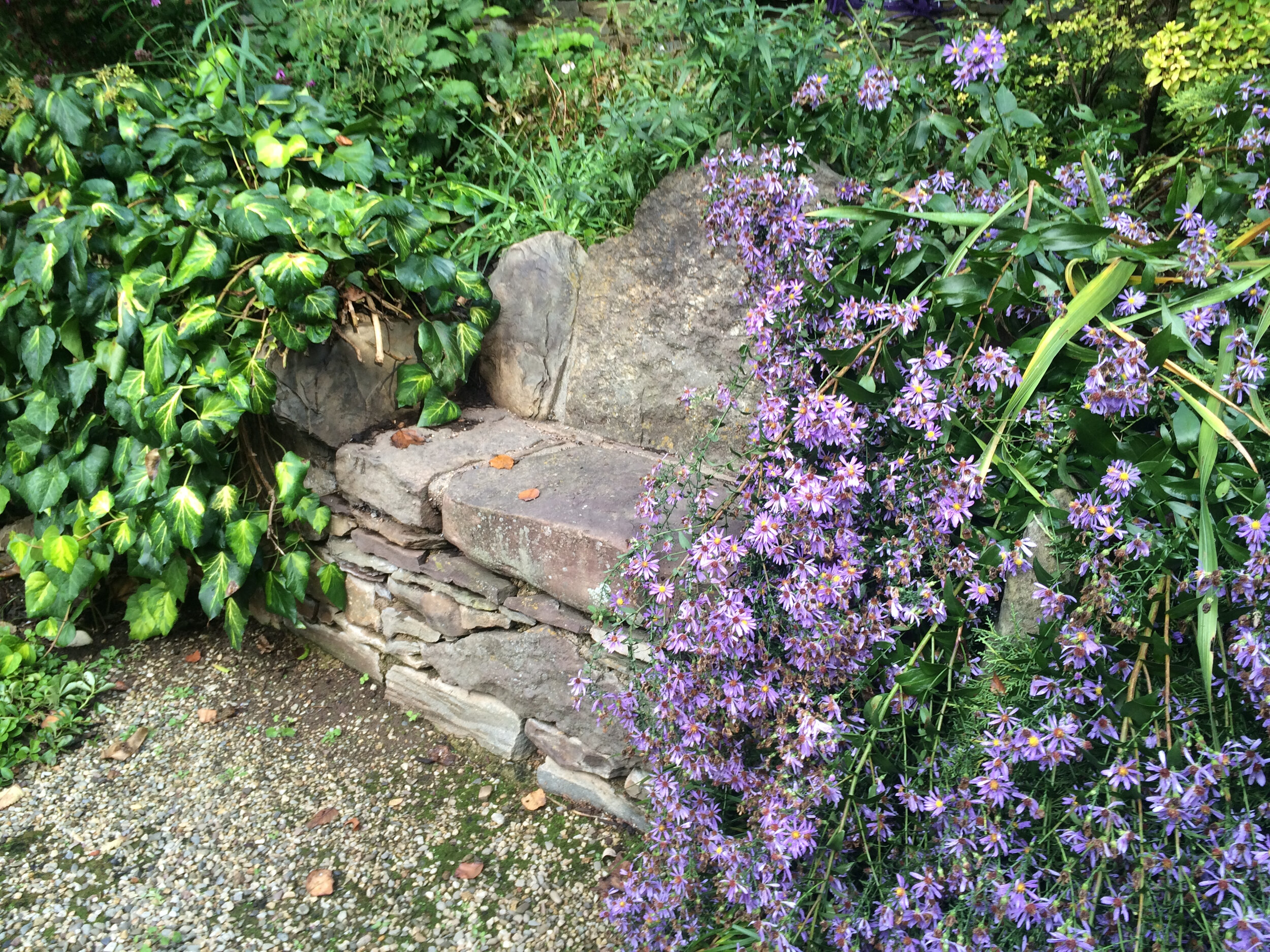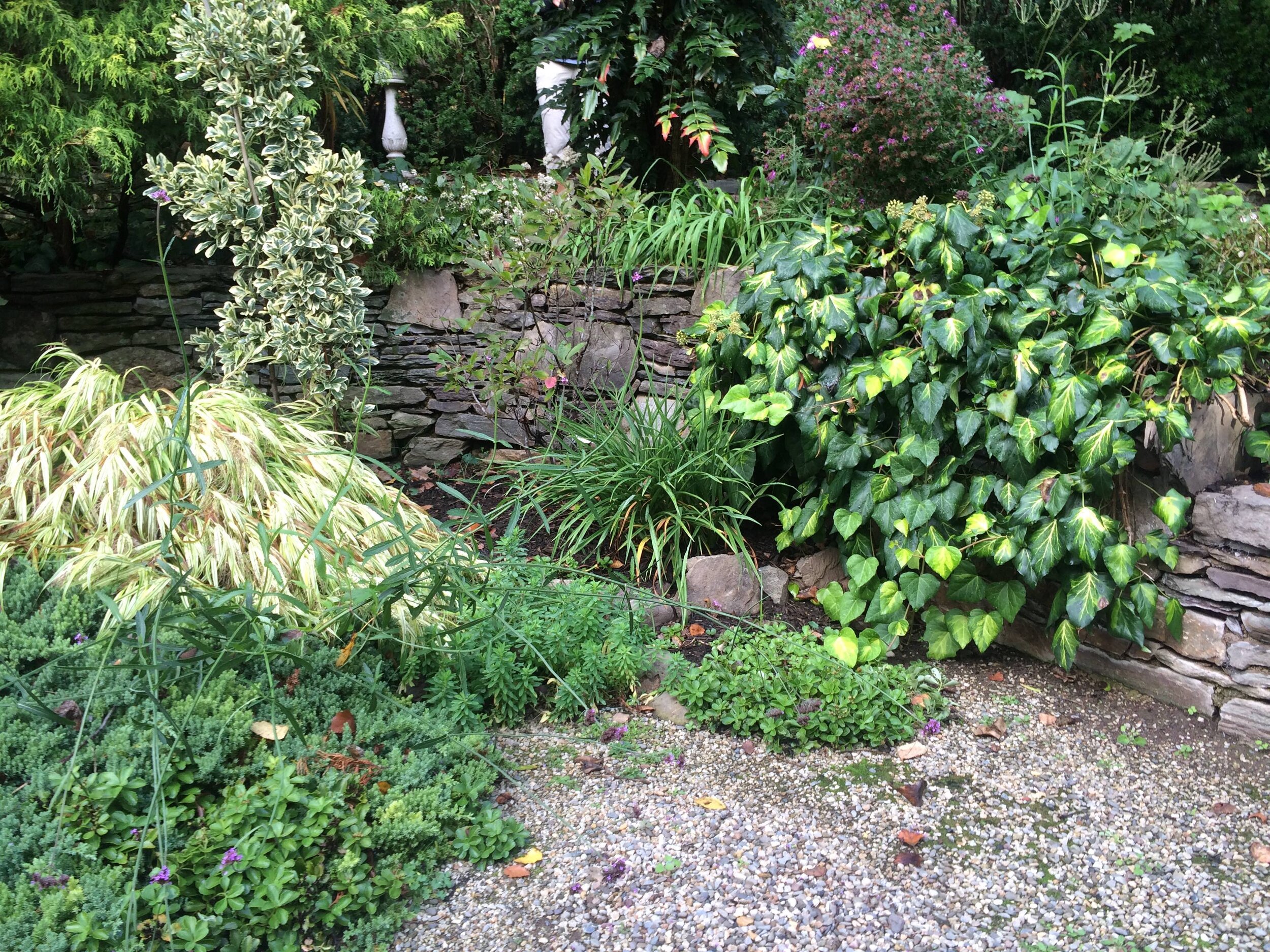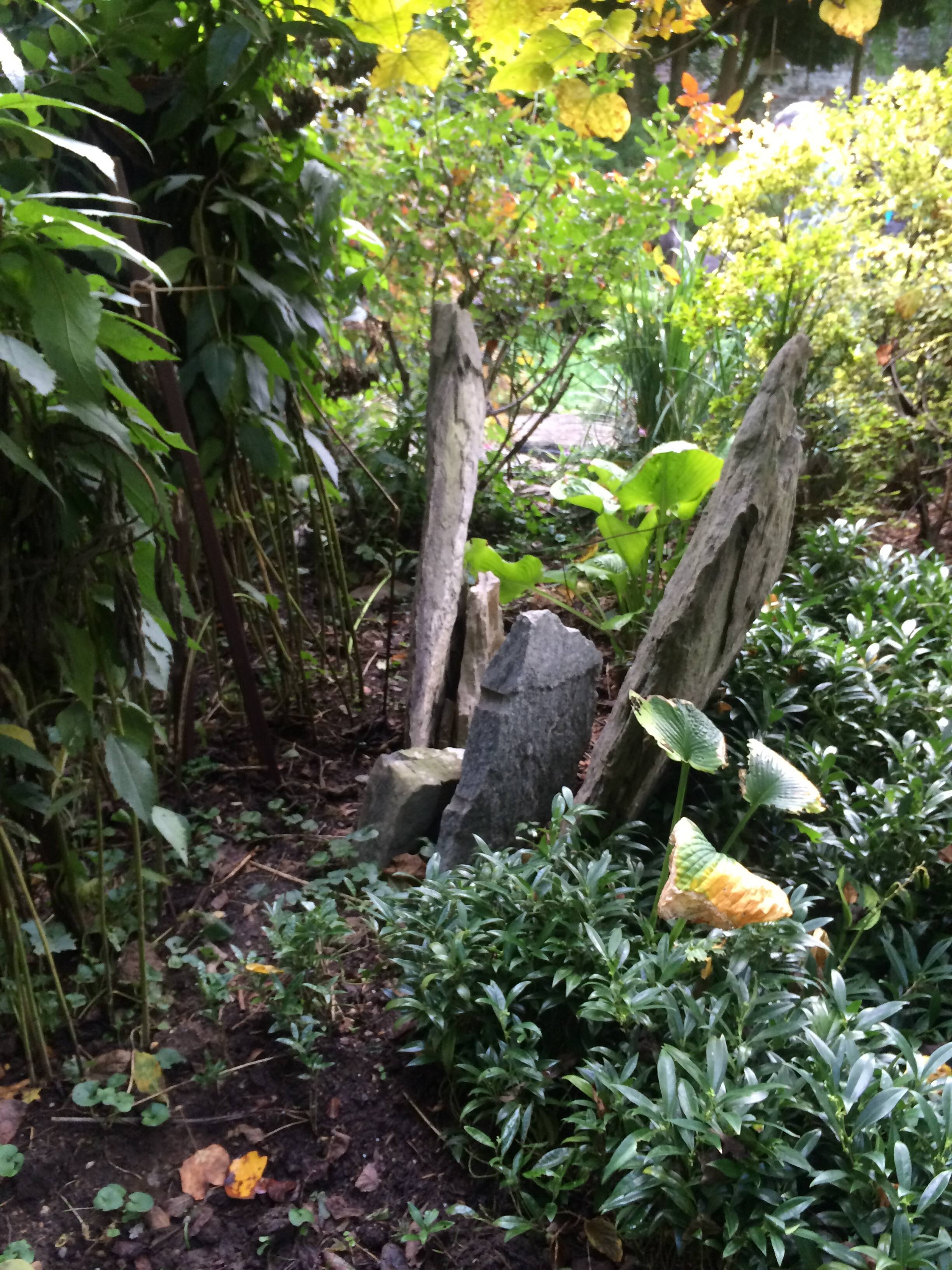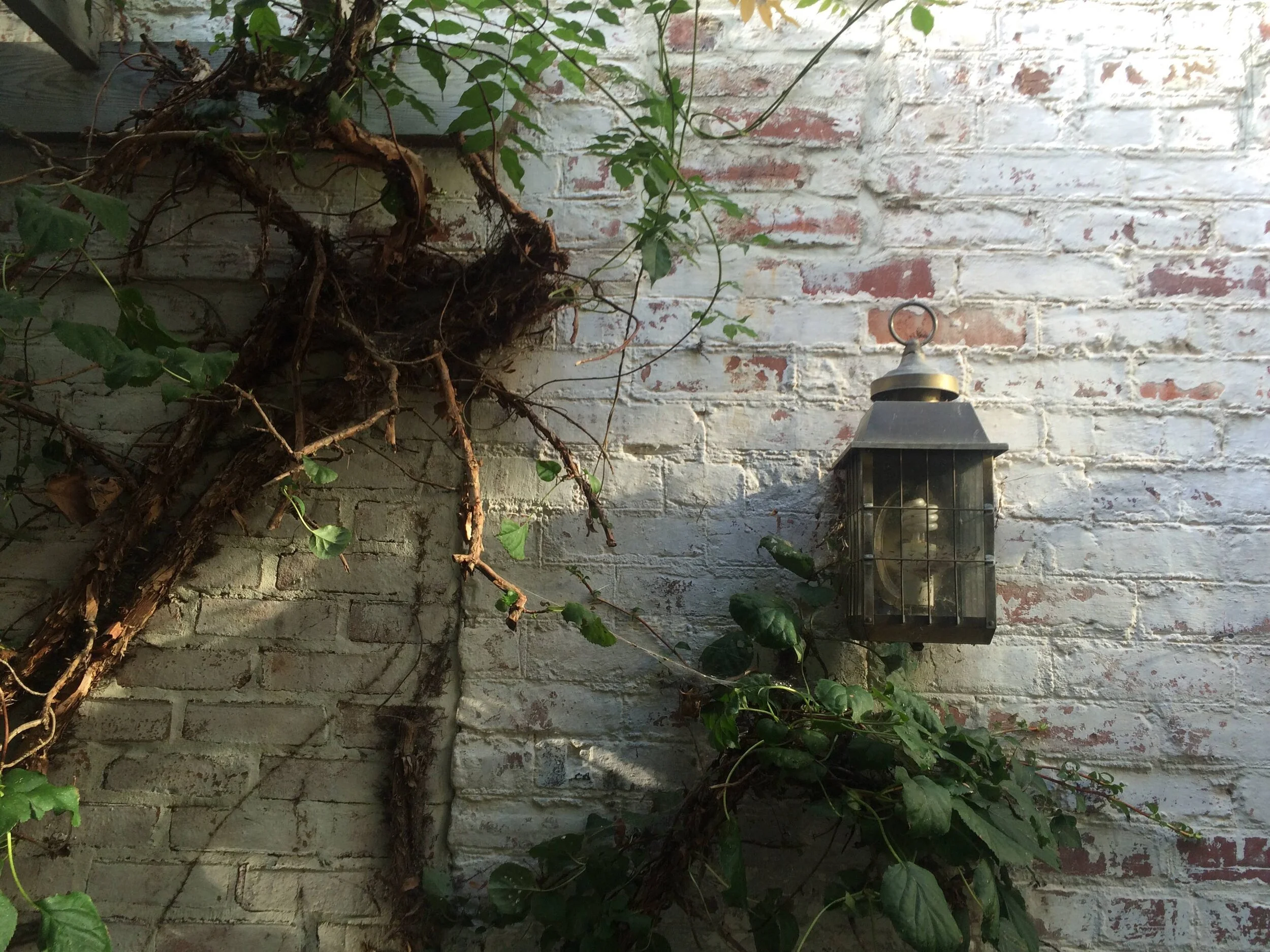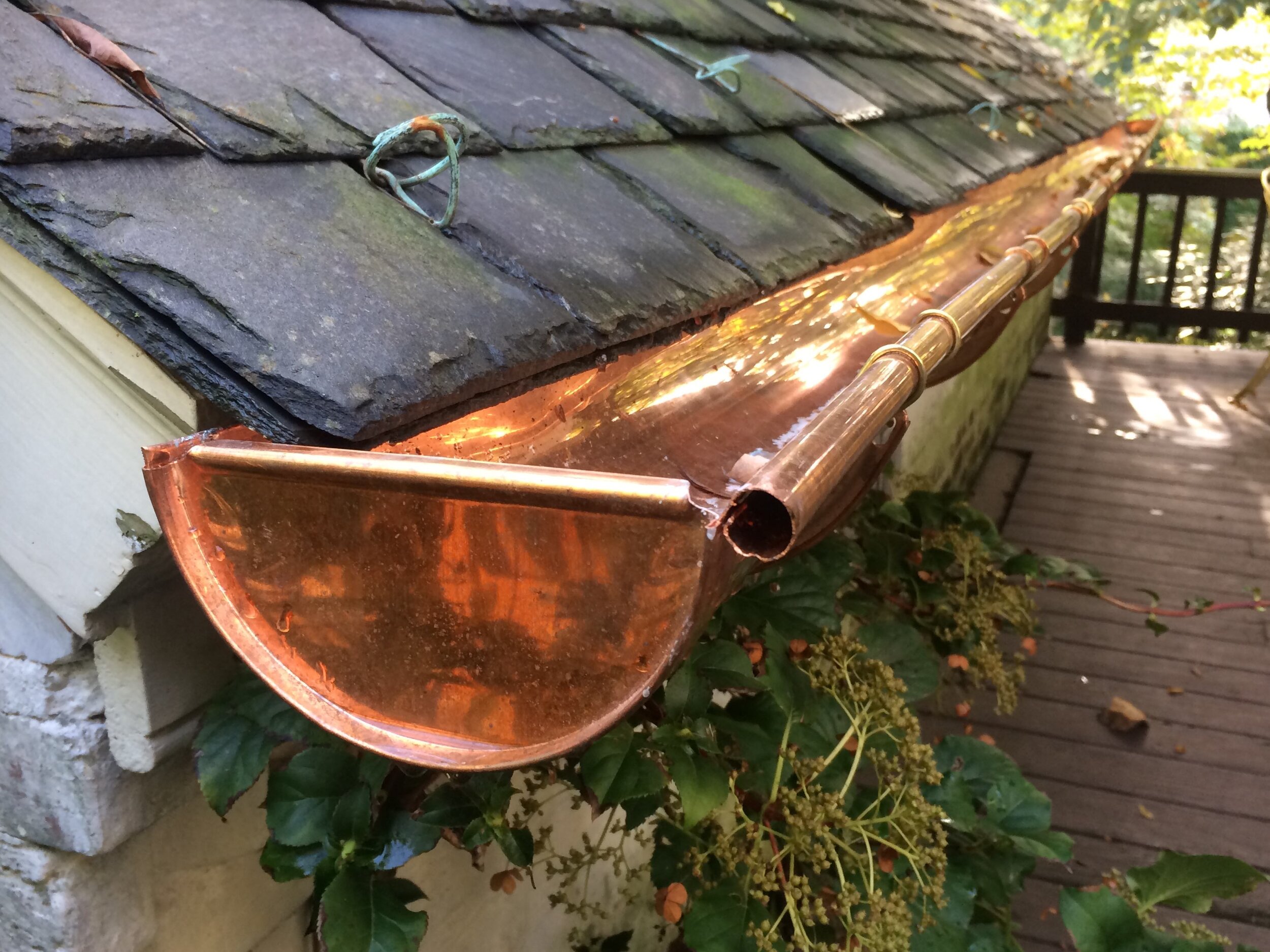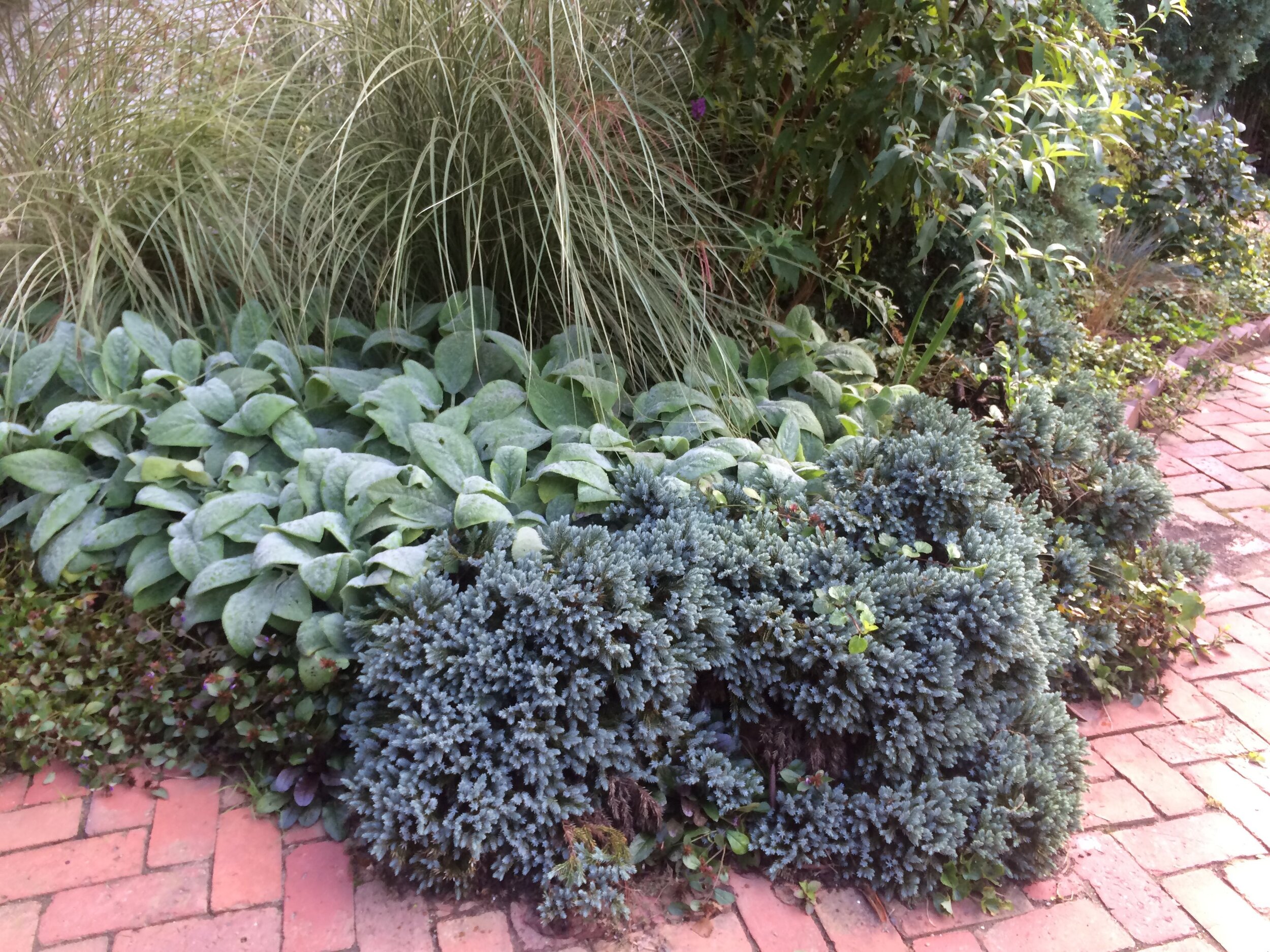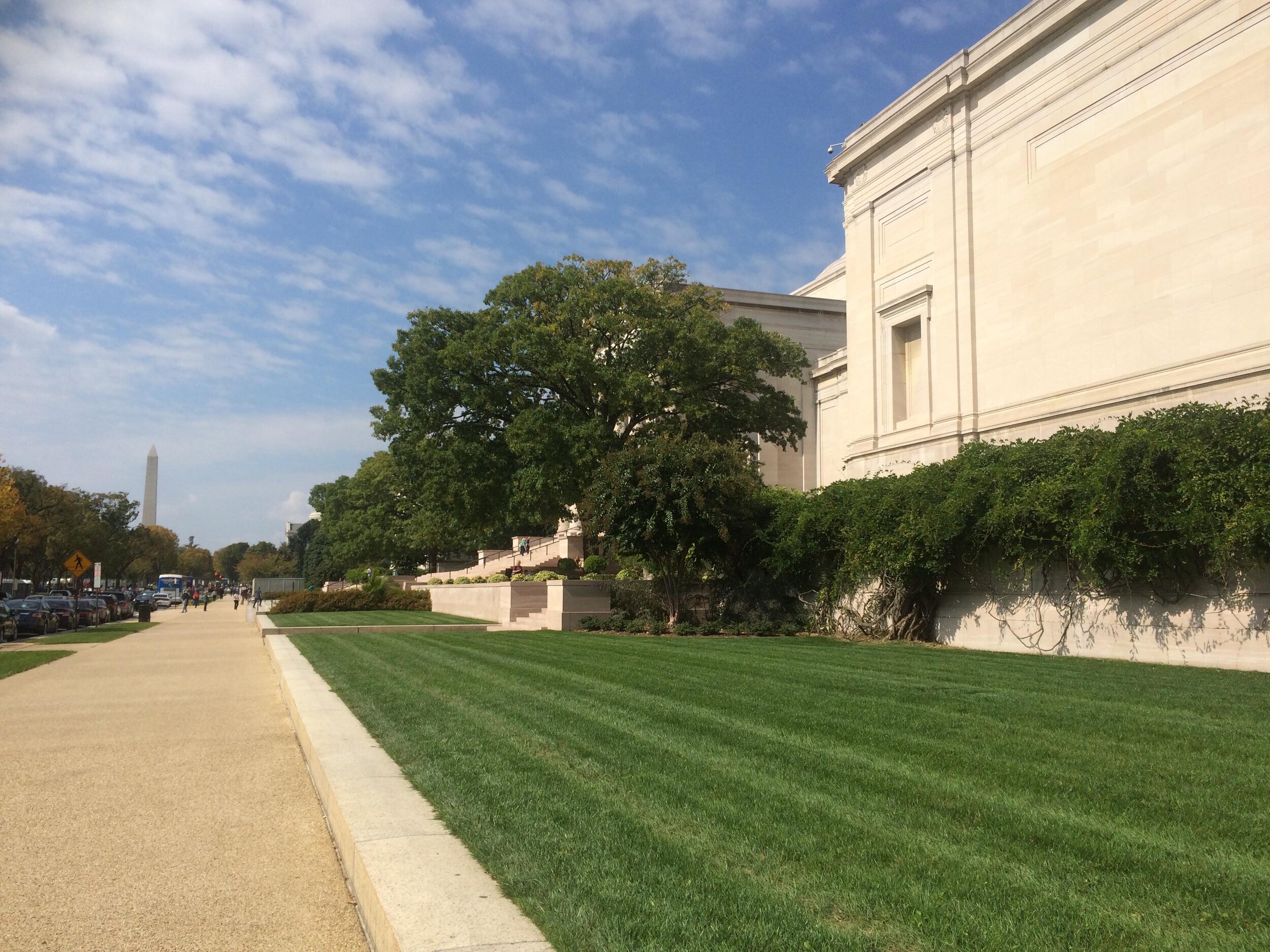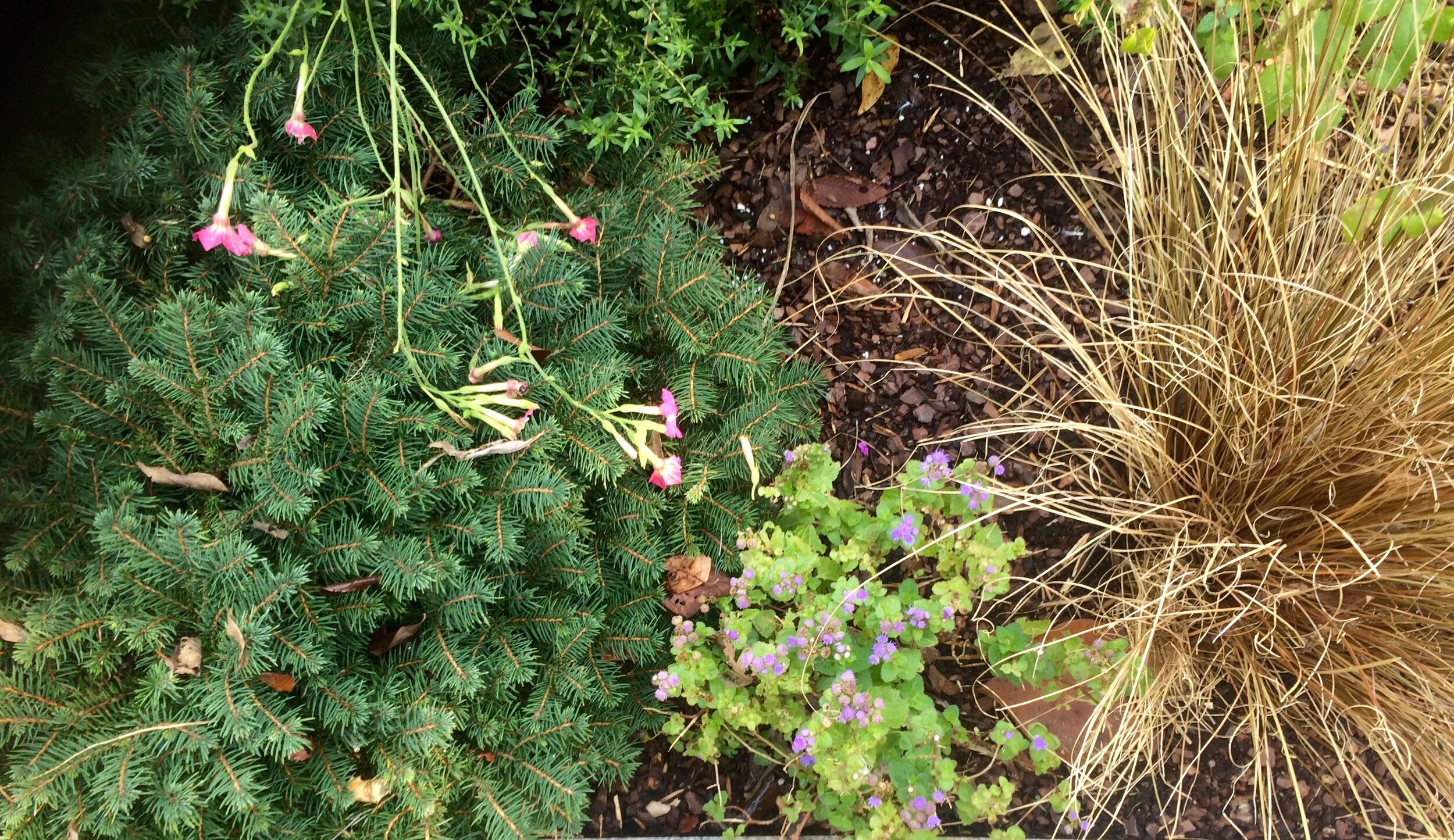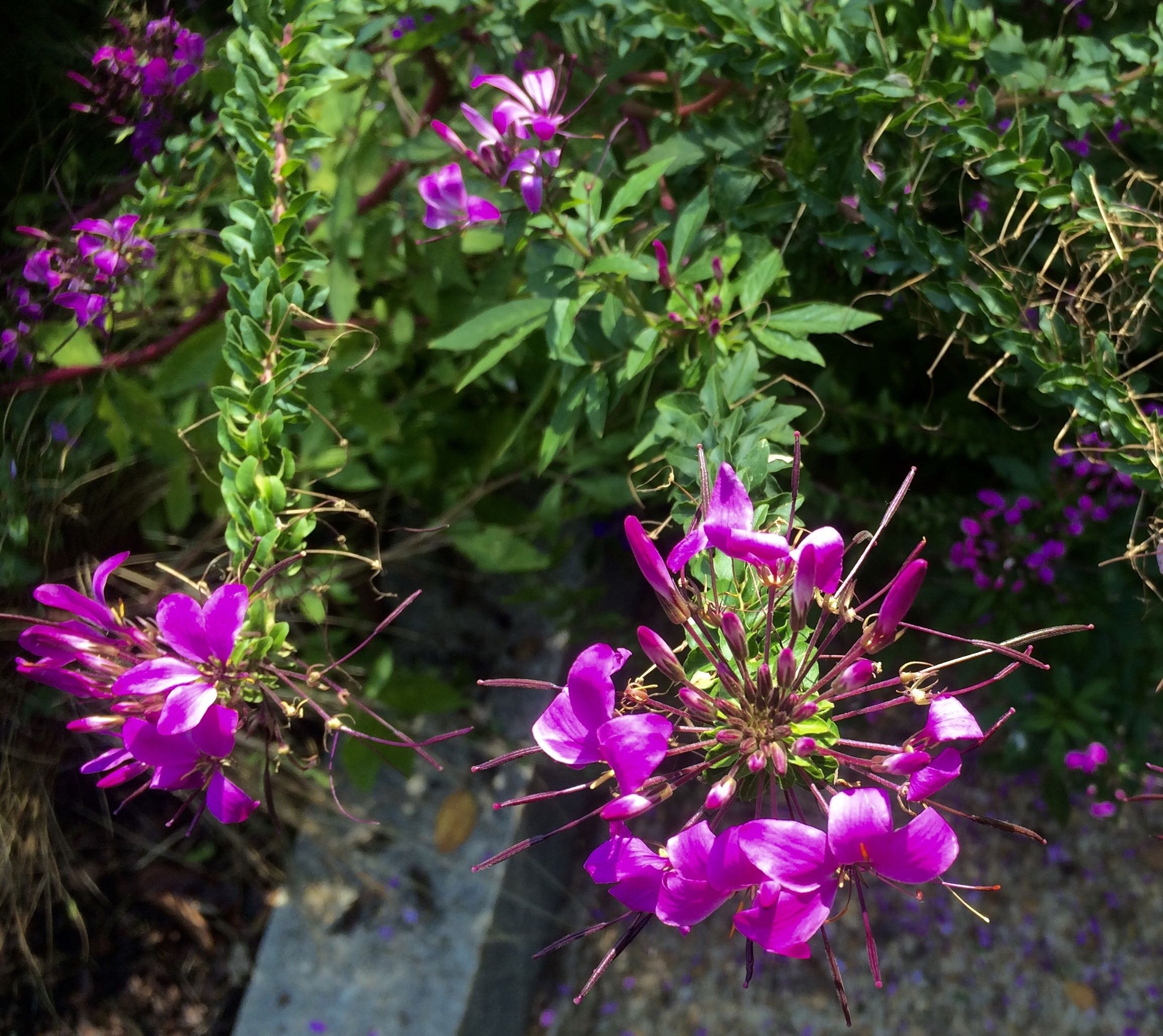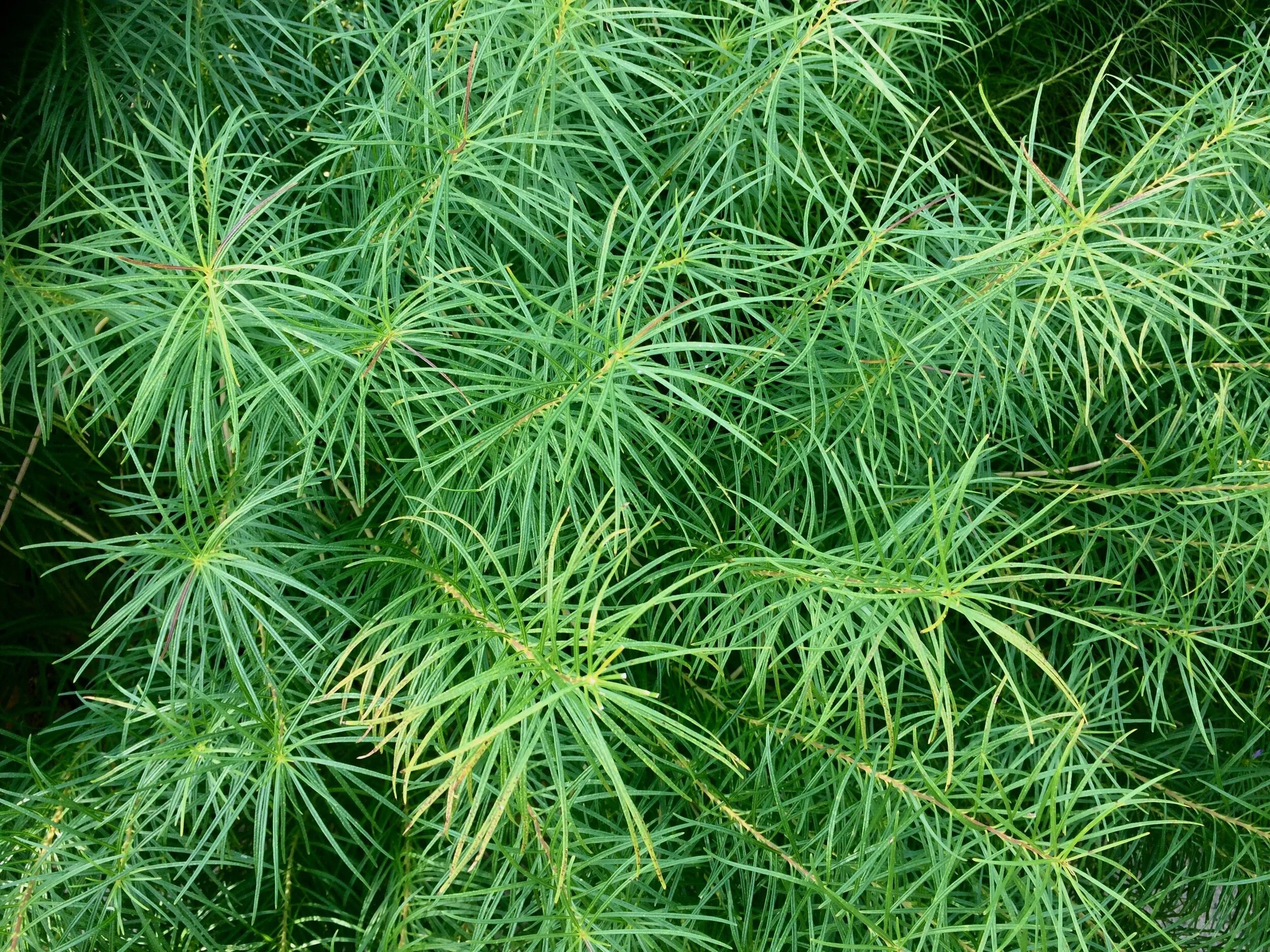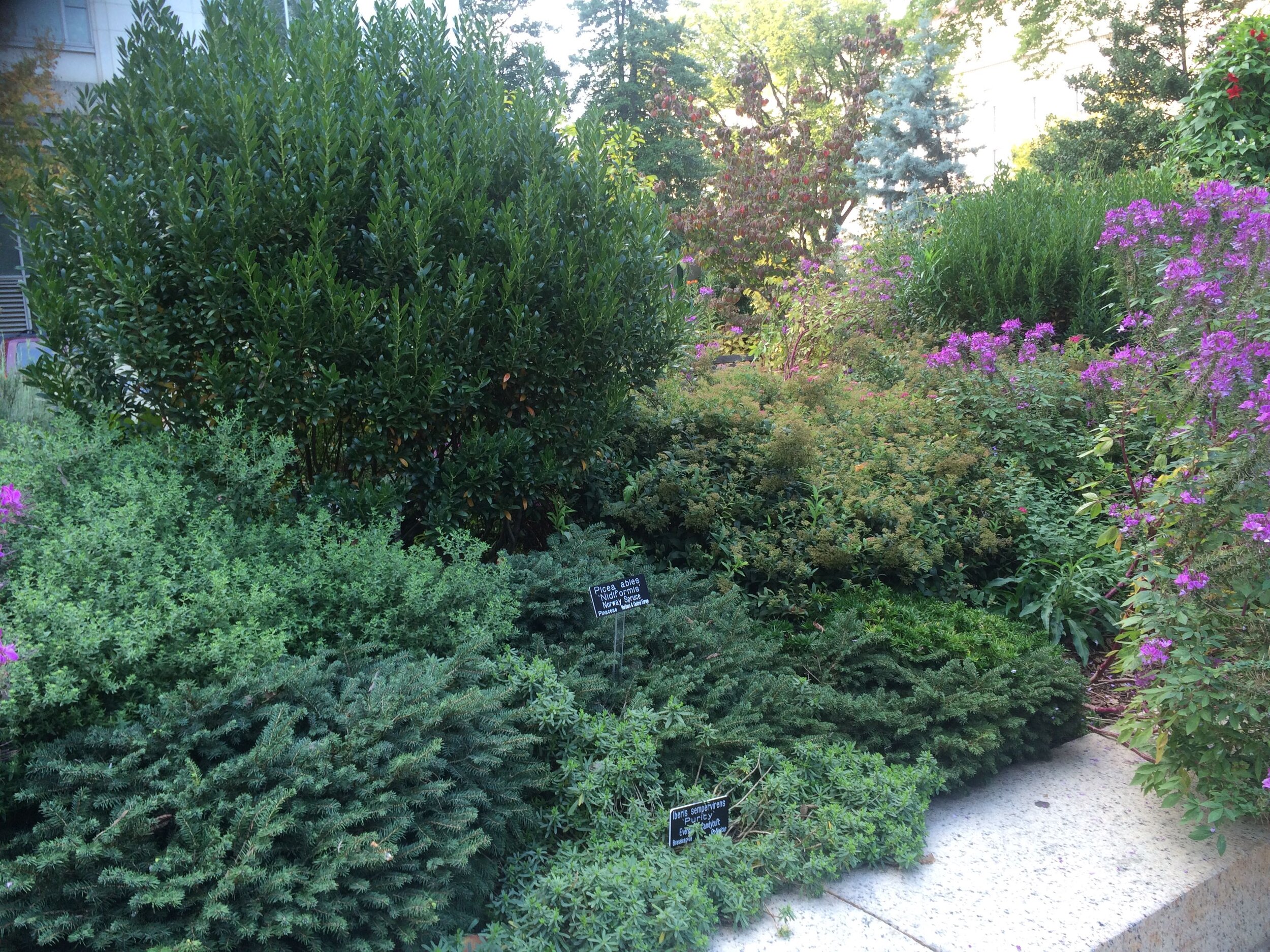One of the interesting things about going on garden tours in other areas is that you get to see the local trends. One thing I noticed at the APLD 2019 National conference in Seattle, WA this year was that almost every garden had Dolly Tub planters, from fancy French vintage ones, to reproductions, to plain old galvanized tubs. This is a very french garden look to my mind and I just love the PNW twist all the local designers gave their pot designs.
This one is probably vintage and fancy but couldn’t you just use a trash can? LOL. Here the pic and then my trashy interpretation.
A dolly Tub is just an old fashioned wash tub and the ‘dolly’ part was the agitator stick women used to swish the washing around. The tubs are barrel shaped to keep splashing to a minimum. Some of the old authentic ones you can see the round marks on the bottom from the dolly. Pretty cool! Here are a couple of other examples from the tour.
You can find these by just searching ‘Dolly Tub’ or ‘galvanized planter’.
Once again I am writing this way after the fact and I don't have all the names of the designers, etc. It's hard to keep pictures and notes straight while out and about on a tour. There are people everywhere, there is no where to sit, the tours are actually pretty short. like how much time do we really spend in each garden. Not to mention that fact that these tours are OVERWHELMING. It is so hard to process all this info in the moment. After the tour of a specific garden you are then hustled on to a bus and I ALREADY am a bit queasy on a large bus so I absolutely do not want to be looking at and typing on my phone on the bus.
What would be ideal organizational method be going forward?
maybe,
1. create directory in Apple Photos for each garden when you get the tour itinerary. 2. then create heading in maybe the NOTES app so that I can write up any specific quick notes I have. 3. have a small notebook to take notes in while walking around?


















